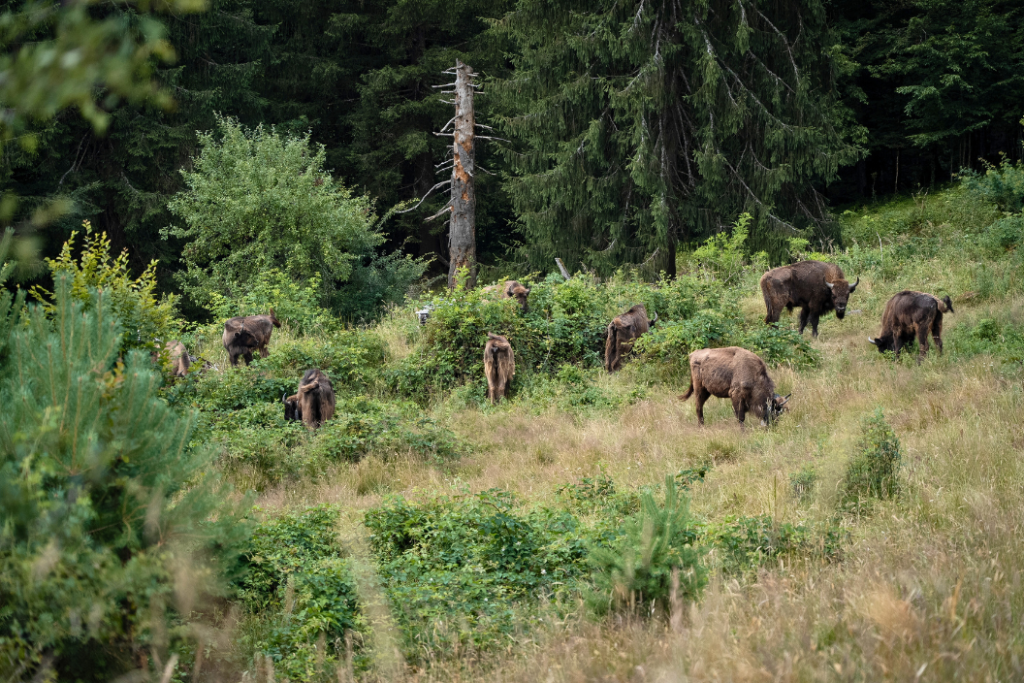In the heart of the Southwestern Carpathians, where dense forests meet endless meadows, the European bison has found its way back home. With deep symbolism in our country's history, this iconic species was reintroduced to the Țarcu Mountains nearly 11 years ago. Today, over 200 bison roam freely, bringing life to one of the most successful reintroduction projects in Europe.
What makes this achievement truly remarkable is the bison's ability to find resources independently within the mosaic landscape of the Carpathians, exploring forests, meadows, and areas of natural regeneration. This lifestyle allows them to exhibit authentic behavior, similar to that of their ancestors long ago.
To better understand the impact of the European bison on the ecosystem and to ensure the population thrives, monitoring is essential. We employ various methods to track bison movements and study their interaction with the environment. Through GPS collars, we can observe their routes and how they explore their habitats. Simultaneously, our ranger teams are constantly present in the field, analyzing tracks and signs of bison activity while collecting relevant biological samples for genetic monitoring.
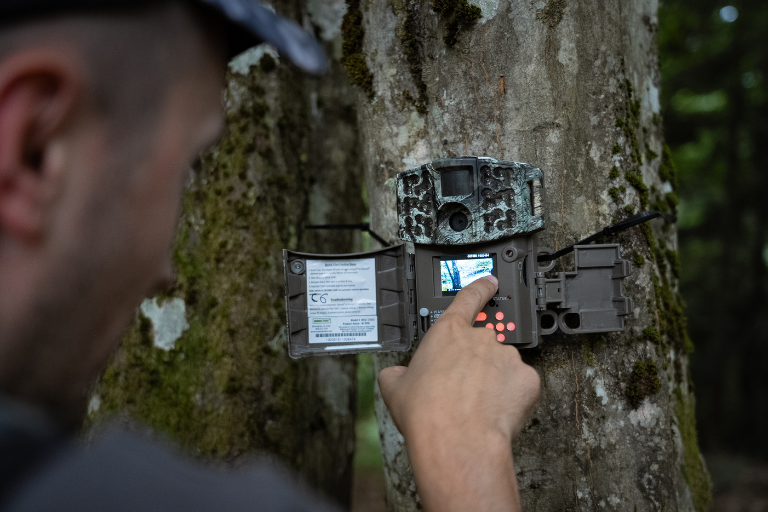
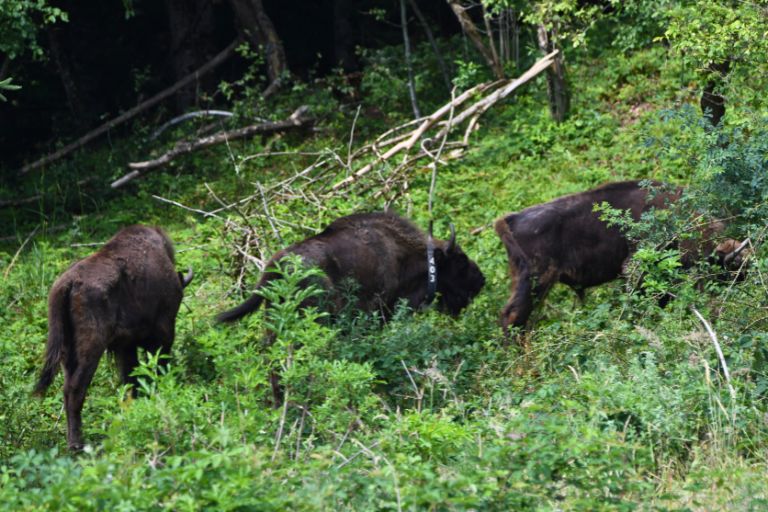
One of the most important aspects of genetic monitoring is assessing the population's genetic diversity. High genetic variability ensures better adaptability to environmental changes and reduces the risk of inbreeding-related conditions. Additionally, DNA analysis helps identify individual bison, providing precise data on the population's structure and dynamics.
To obtain this crucial information, our rangers collect non-invasive samples such as hair or feces, which are sent to specialized laboratories. By analyzing DNA extracted from fecal samples, researchers can also gather vital data on the bison's diet. This helps in gaining a better understanding of their feeding habits and the impact they have on their natural habitat. At the same time, genetic monitoring can detect potential diseases early, contributing to the prevention and management of health issues within the population. So far, two batches of fecal samples have been sent to the Senckenberg Institute, and the results are eagerly awaited to help outline future management directions.
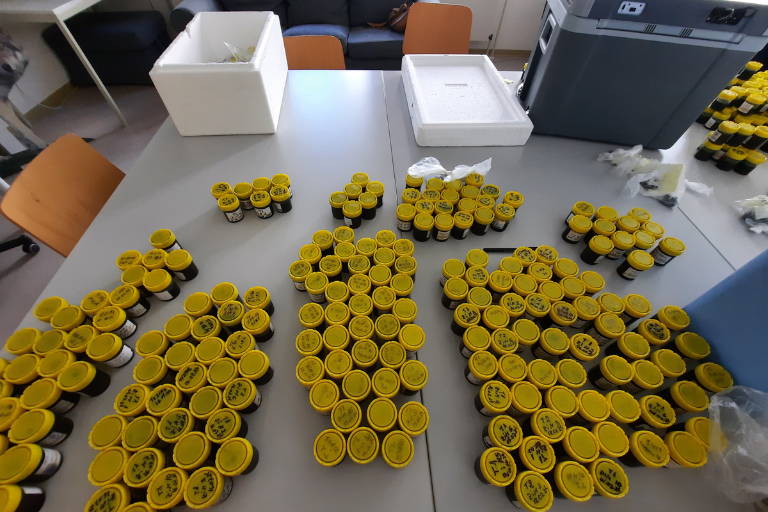
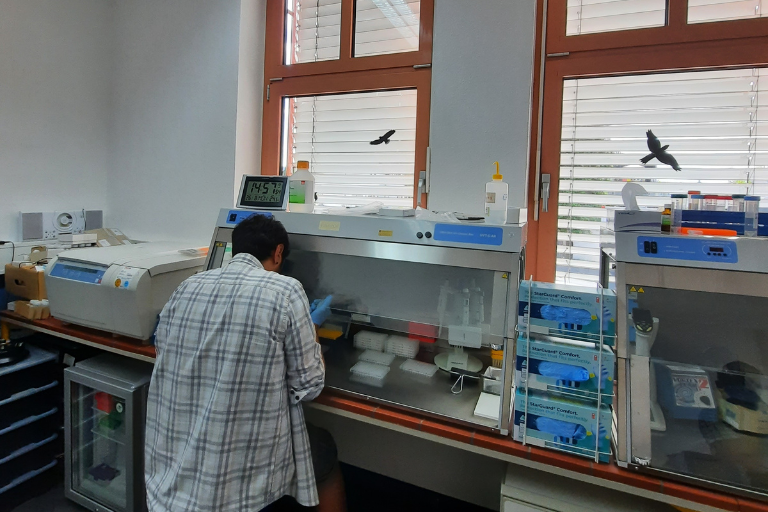
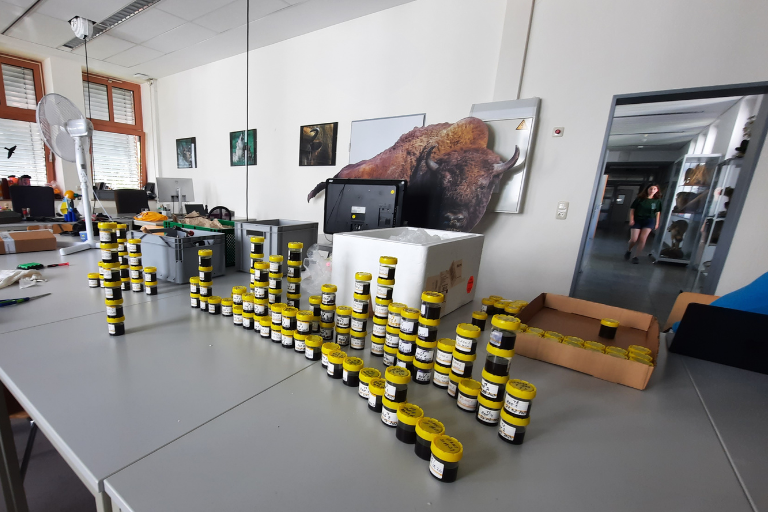
Genetic monitoring of the bison in the Tarcu Mountains is an essential tool in conservation efforts. By using modern techniques and a data-driven approach, WWF-Romania (World Wide Fund for Nature), in collaboration with its partners, contributes to ensuring a secure future for the reintroduced bison. The story of the bison in the Țarcu Mountains is one of balance and coexistence. Each step taken by these gentle giants reminds us that nature knows how to regenerate when given the necessary space and time. Through our efforts, we have the opportunity to witness the rebirth of a species.
Within the LIFE with Bison project, WWF-Romania, together with partners from Rewilding Romania, Rewilding Europe, WeWilder, Institutul de Cercetare-Dezvoltare pentru Cinegetică și Resurse Montane, the Municipality of Armeniș, the Municipality of Cornereva and the Municipality of Teregova will relocate 40 bison to increase genetic diversity, implement new coexistence measures and create a working group to develop a National Action Plan for the conservation of the species.
”LIFE with Bison” project is co-funded by the European Union through LIFE Programme. Views and opinions expressed are however those of the author(s) only and do not necessarily reflect those of the European Union or CINEA. Neither the European Union nor the granting authority can be held responsible for them.

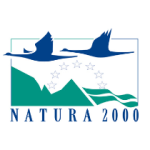
Partners:


